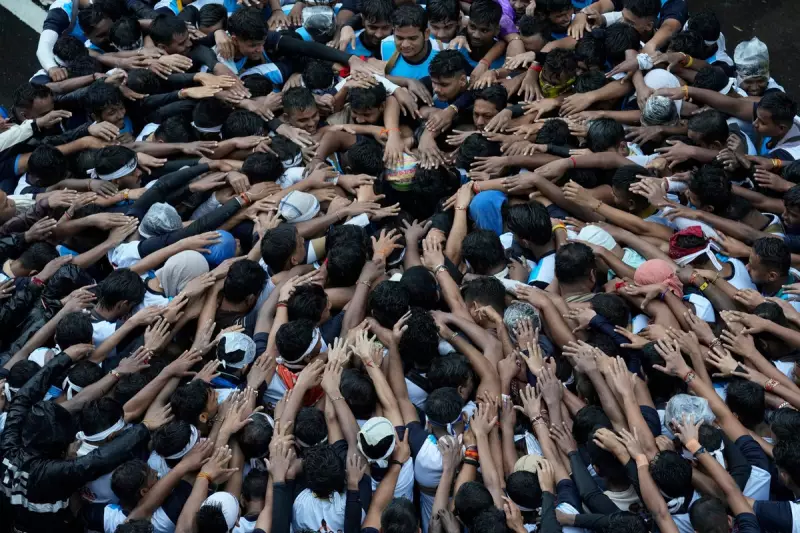
Recent demographic studies have uncovered a notable decline in the Hindu population across both India and Nepal, raising questions about the factors behind this shift. While Hinduism remains the dominant religion in these nations, changing migration patterns, fertility rates, and socio-political influences may be reshaping the religious landscape.
Key Findings
The data indicates that Hindus, who once constituted a vast majority in these regions, are now experiencing slower growth rates compared to other religious groups. Experts suggest several possible explanations:
- Changing birth rates among Hindu families
- Increased emigration to Western countries
- Interfaith marriages and conversions
- Urbanisation and its impact on religious practices
Regional Variations
The trend appears more pronounced in certain areas, particularly border regions and urban centres. Nepal, which was officially a Hindu kingdom until 2008, shows particularly interesting patterns of change since becoming a secular state.
Societal Implications
This demographic shift has sparked discussions among policymakers and religious leaders about:
- The future of Hindu-majority cultural identity
- Potential impacts on political representation
- Inter-religious relations in the region
- Preservation of Hindu traditions and heritage
While the changes are gradual, they represent a significant evolution in South Asia's religious demographics that warrants close observation in coming years.





